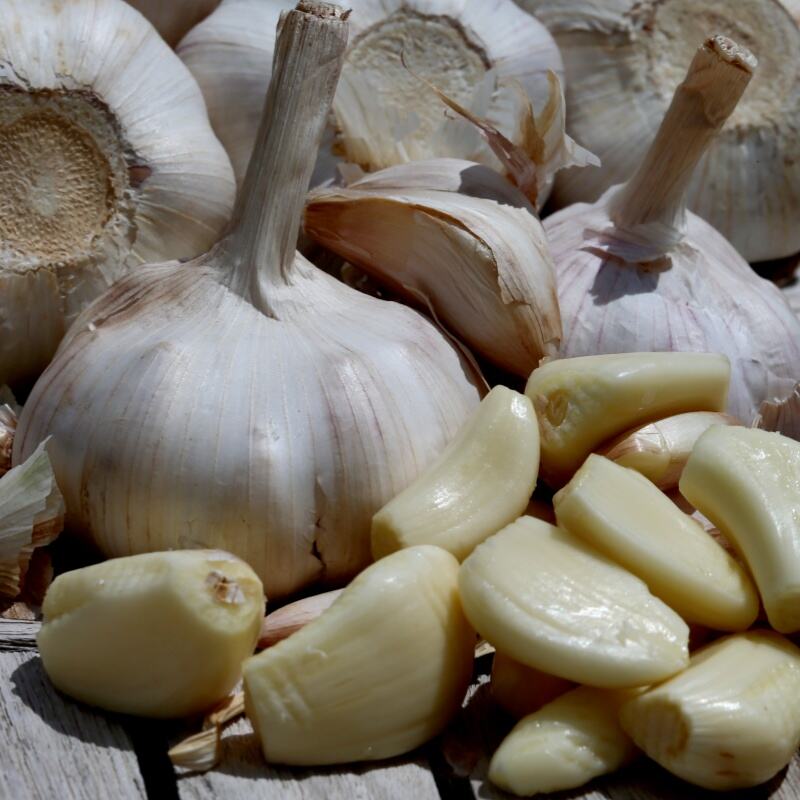The international food landscape is experiencing an unprecedented shift as frozen vegetables demand reaches record-breaking levels. Consumer preferences are rapidly evolving, with frozen fries, broccoli, and garlic leading the charge in this remarkable market transformation. This surge reflects not just changing dietary habits, but also a fundamental restructuring of how people worldwide approach food storage and meal preparation.
Market analysts have observed a sustained upward trajectory in frozen vegetables demand, particularly in urban centers where convenience and preservation of nutritional value have become paramount concerns. The combination of extended shelf life, retained nutritional benefits, and ease of preparation has positioned frozen produce as a cornerstone of modern food consumption patterns.
The accelerating frozen vegetables demand correlates strongly with evolving lifestyle patterns globally. Urban professionals, facing time constraints and seeking healthy alternatives, increasingly turn to frozen options. The convenience factor, coupled with the ability to reduce food waste, has transformed frozen vegetables from a backup option to a primary choice for many households.
Recent market research indicates that over 67% of urban households now regularly stock frozen vegetables, with fries, broccoli, and garlic being the most frequently purchased items. This shift represents a significant change from just five years ago, when frozen vegetables were often viewed as a less desirable alternative to fresh produce.
Advanced freezing technologies have revolutionized the industry, addressing previous concerns about texture and nutritional value. Flash-freezing techniques now preserve vegetables at their peak freshness, maintaining both nutritional content and flavor profiles that rival fresh alternatives. These technological improvements have played a crucial role in driving frozen vegetables demand across different market segments.
The implementation of Individual Quick Freezing (IQF) technology has particularly transformed how vegetables are processed and stored. This method prevents ice crystal formation and maintains cellular integrity, ensuring that when thawed, vegetables retain their original texture and nutritional properties.

North America continues to lead the frozen vegetables demand curve, with particular emphasis on convenience and health-conscious options. The region has witnessed a 23% year-over-year growth in frozen vegetable consumption, with frozen fries maintaining their position as the category leader. Health-conscious consumers are increasingly choosing frozen broccoli as a nutritious side dish option.
The American market has also seen a notable increase in demand for frozen garlic products, reflecting a growing appreciation for pre-prepared ingredients that offer both convenience and authentic flavor profiles. Market analysts project this trend to continue its upward trajectory through the next five years.
European consumers have shown a strong preference for premium frozen vegetable products, driving innovation in packaging and processing methods. The frozen vegetables demand in this region is characterized by a strong focus on organic and sustainably sourced options. Countries like Germany and France lead the market in terms of consumption per capita.
The European market has also witnessed significant growth in the food service sector, where frozen vegetables provide consistent quality and cost-effective solutions for restaurants and catering services. This sector's demand has been particularly robust in the frozen fries segment.
The rising frozen vegetables demand has prompted significant changes in agricultural practices. Farmers are adapting their cultivation methods to meet the specific requirements of vegetables destined for freezing. This includes optimizing harvest times and implementing sustainable farming practices to ensure consistent quality and yield.
Contract farming has become increasingly prevalent, with processors establishing long-term relationships with growers to secure steady supply chains. This arrangement has led to improved farming practices and better quality control measures throughout the production process.
The frozen food industry has invested heavily in modernizing processing facilities to meet the growing frozen vegetables demand. State-of-the-art processing plants now incorporate advanced sorting, cleaning, and freezing technologies to maintain product quality and safety standards. Distribution networks have also evolved, with improved cold chain management ensuring product integrity from factory to consumer.
Logistics companies have adapted their capabilities to handle the increased volume of frozen products, investing in specialized storage facilities and transportation equipment. This infrastructure development has been crucial in supporting the market's expansion.
The frozen vegetables demand is expected to continue its growth trajectory, with emerging markets presenting significant opportunities. Countries in Asia and Latin America are showing increasing acceptance of frozen vegetables, driven by urbanization and rising disposable incomes. These markets represent the next frontier for industry expansion.
Industry analysts predict that the global frozen vegetable market will exceed $50 billion by 2025, with particularly strong growth in the frozen fries, broccoli, and garlic segments. This growth is supported by ongoing product innovation and expanding distribution channels.
The industry is increasingly focusing on sustainable practices to meet consumer expectations and regulatory requirements. Companies are investing in eco-friendly packaging solutions and energy-efficient freezing processes to reduce their environmental impact while meeting the growing frozen vegetables demand.
Water conservation, reduced carbon emissions, and sustainable packaging initiatives are becoming key differentiators for companies in the frozen vegetable market. These efforts are expected to shape industry development in the coming years.
Frozen vegetables often retain more nutrients than their fresh counterparts, especially when the fresh produce has been transported and stored for extended periods. The flash-freezing process locks in nutrients at their peak, making frozen vegetables a nutritionally sound choice.
The demand for these specific items is driven by their versatility, convenience, and widespread use in various cuisines. Frozen fries remain a staple in food service and home consumption, while broccoli's health benefits and garlic's flavor enhancement properties make them popular choices for quick meal preparation.
When stored at proper temperatures (0°F/-18°C or below), frozen vegetables can maintain their quality for 8-12 months. However, for best results, it's recommended to consume them within 6 months of purchase. Proper storage conditions and packaging integrity are crucial for maintaining quality.
 Hot News
Hot News2025-12-22
2025-12-19
2025-12-15
2025-12-11
2025-12-11
2025-12-10